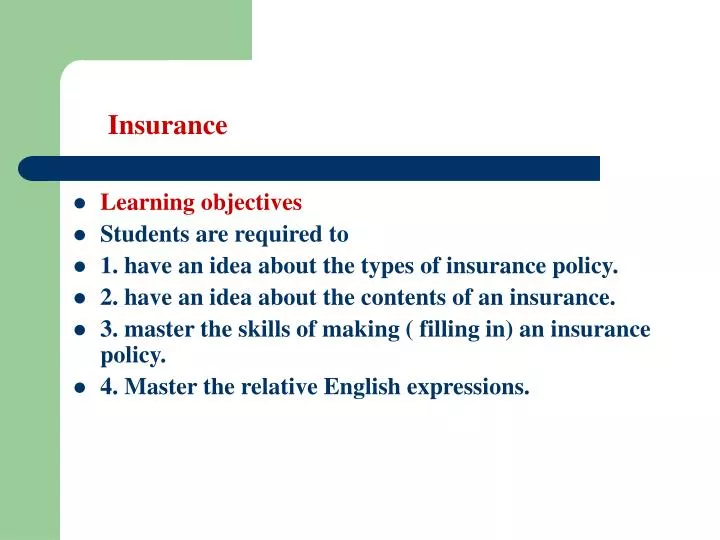Things about Pacific Prime
Things about Pacific Prime
Blog Article
Our Pacific Prime PDFs
Table of ContentsPacific Prime for BeginnersThe Definitive Guide to Pacific PrimeThe Buzz on Pacific PrimeThe Best Strategy To Use For Pacific PrimeAn Unbiased View of Pacific Prime

This is due to the fact that the data were gathered for a duration of solid economic performance. Of the approximated 42 million individuals that were uninsured, just about concerning 420,000 (about 1 percent) were under 65 years of age, the age at which most Americans end up being qualified for Medicare; 32 million were grownups between ages 18 and 65, about 19 percent of all adults in this age team; and 10 million were youngsters under 18 years of age, about 13.9 percent of all kids (Mills, 2000).
These price quotes of the variety of individuals uninsured are generated from the yearly March Supplement to the Present Populace Study (CPS), conducted by the Census Bureau. Unless or else noted, national quotes of people without health and wellness insurance and proportions of the population with different kinds of insurance coverage are based upon the CPS, one of the most extensively made use of resource of price quotes of insurance policy protection and uninsurance prices.
Rumored Buzz on Pacific Prime

Still, the CPS is particularly useful due to the fact that it generates annual estimates reasonably promptly, reporting the previous year's insurance coverage approximates each September, and since it is the basis for a consistent collection of quotes for greater than two decades, enabling analysis of trends in coverage with time. For these reasons, along with the considerable use the CPS in various other studies of insurance protection that are presented in this record, we depend on CPS estimates, with restrictions noted.

The quote of the variety of uninsured individuals expands when a populace's insurance coverage standing is tracked for several years. Over a three-year duration starting early in 1993, 72 million people, 29 percent of the united state populace, lacked coverage for a minimum of one month. Within a single year (1994 ), 53 million individuals experienced at the very least a month without coverage (Bennefield, 1998a)
6 out of every ten without insurance adults are themselves employed. Although functioning does improve the chance that a person and one's member of the family will have insurance policy, it is not a guarantee. Even participants of families with 2 full-time wage income earners have almost a one-in-ten possibility of being without insurance (9.1 percent uninsured price) (Hoffman and Pohl, 2000).
Pacific Prime Can Be Fun For Anyone
New immigrants make up a substantial proportion of individuals without medical insurance. One analysis has associated a considerable section of the current development in the dimension of the U.S. uninsured population to immigrants who showed up in the country between 1994 and 1998 (Camarota and Edwards, 2000). Recent immigrants (those that pertained to the USA within the previous 4 years) do have a high price of being without insurance (46 percent), yet they and their children account for just 6 percent of those without insurance coverage country wide (Holahan et al., 2001).
The connection in between medical insurance and accessibility to care is well developed, as documented later in this chapter. Although the relationship between health insurance and health outcomes is neither direct neither simple, a comprehensive scientific and health and wellness services research literature web links wellness insurance policy coverage to enhanced access to care, better top quality, and boosted great site individual and population health standing.
Degrees of analysis for examining the results of uninsurance. This discussion of wellness insurance protection focuses primarily on the united state population under age 65 since practically all Americans 65 and older have Medicare or various other public protection. Furthermore, it concentrates specifically on those with no medical insurance for any type of size of time.
An Unbiased View of Pacific Prime
The issues dealt with by the underinsured are in some respects comparable to those dealt with by the uninsured, although they are normally much less severe. Wellness insurance policy, nevertheless, is neither needed nor enough to get access to clinical services. The independent and straight impact of health insurance policy coverage on accessibility to health solutions is well established.
Others will certainly acquire the healthcare they need also without health insurance policy, by paying for it expense or seeking it from companies who use care free or at very subsidized rates. For still others, medical insurance alone does not make certain receipt of treatment as a result of other nonfinancial obstacles, such as a lack of health and wellness treatment companies in their community, restricted accessibility to transportation, illiteracy, or linguistic and social differences.
Some Ideas on Pacific Prime You Need To Know
Official study about uninsured populations in the United States dates to the late 1920s and early 1930s when the Committee on the Cost of Medical Care generated a series of records concerning financing physician office check outs and hospitalizations. This problem ended up being prominent as the varieties of clinically indigent climbed up throughout the Great Anxiety.
Report this page